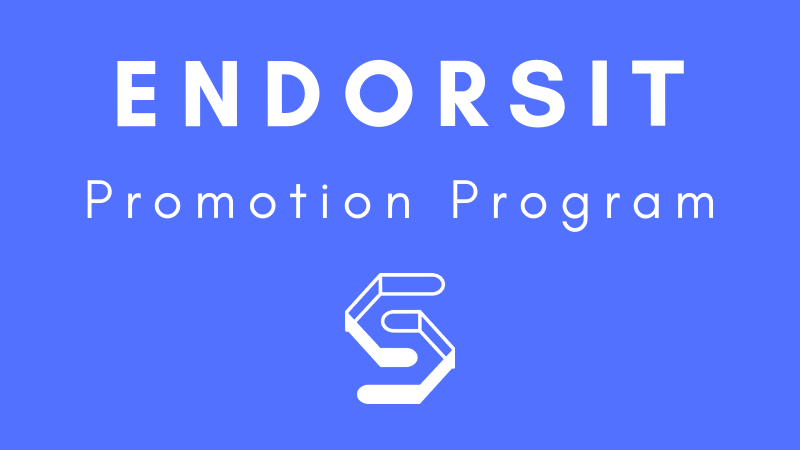
Early last week, Trinity held a live Q&A session in response to an open letter addressed to its community. The letter addressed a readjustment of the team’s goals and roadmap in the face of a cooling bear market for cryptocurrencies across the board. David Li, the platform’s founder, hosted the event shortly after publishing the open letter. Trinity is universal off-chain scaling solution for the NEO blockchain, providing “real-time payments, low transaction fees, scalability and privacy protection of NEO MainNet assets through state channel technology.”
In this post, we’ll attempt to summarize the most important questions from the Q&A event as well as the letter which was posted October 9.
Open Letter
The first item in the open letter posted by Li addressed the need for its community to interact with the team’s developers – and to make it easy to do so. Li said that in future, people will have “direct access to the developers via email or Telegram,” remarking that most of its community members were unfamiliar with Github, which is the current method for getting in touch with the team.
Li also acknowledged Trinity’s “recent silence” from its developers. Li expressed that the team is in the “phase of adjustment and replanning of the roadmap which takes a lot of time discussing,” while also apparently exploring new collaborations with NEO Name Service (NNS), a project by NewEconoLabs (NEL).
The root cause of Trinity’s stagnation, however, was pointed out to be an “over-optimistic” roadmap, combined with a lack of experience and resources to reach the platform’s milestones in the designated timeframes. In response to these setbacks and the reality of tough market conditions, the team will adjust its roadmap to “provide more user-friendly tools and a more customizable infrastructure.”
Specifically: “The new roadmap will focus on network health (more nodes, easier to access and customize and plausible economic model), among other exciting things. This will be the core of the next 12 months, given the understanding that the success of Trinity network is built up by genuine adoption. We also acknowledge that we should give time for other entrepreneurs to catch up.”
Furthermore, Li gave readers an insight as to the platform’s long-term goals and strategy moving forward:
“Our strategy is simple: to provide with the community the layer-2 infrastructure that future crypto-economy applications are built upon (with which I can proudly say our task force is strong and quick, given our achievements so far); and to provide easy-to-use highly-customizable tools and gadgets for project teams so they can focus on their core business logic instead of wasting time on building their own layer-2 solution.”
Li also remarked that its products and platforms in their given states are not yet ready for commercial adoption, but once they are, he states that “adoption should be spontaneous.” And as Trinity appears to be focusing on making their products viable for use as the first step, listing its TNC tokens on exchanges are “not a priority.” Instead, Li feels that the platform will achieve success “not through the future recovery of the general market, but in particular from the future adoption of Trinity network by new ventures, and of course, from decentralizing the governance and economic model in the long run.”
The state of the Trinity Tech Foundation was also addressed, specifically the fact that the entity holds large amounts of TNC tokens which is described by Li as being “unhealthy” to the network. To rectify this issue, Li states that Trinity is in the process of decentralizing the supply mechanism of the tokens, and that the remainer will be “distributed to reward the contributors of the network through an automatic proof-of-work style mechanism.” An announcement will be made once a plausible solution has been reached.
Finally, Li gave some projections for Trinity’s progress over the rest of the year. It’s claimed that some of the “gadgets, tools and improvements to the network codes will be gradually released,” although these developments will not be refined and stable until mid 2019.
Li signed off by stating that readers should expect a new roadmap in the near future.
The original letter can be read here:
https://medium.com/@TrinityProtocol/a-letter-to-the-community-dc2dce5f5ac
Trinity Q&A
David Li held a Q&A session on October 13 to answer some questions that were raised about the open letter and the platform’s new goals moving forward.
Questions were asked regarding the financial health of the platform, of which Li responded that he did not anticipate any problems for the next twelve months without hedging its crypto reserves.
Li also outlined Trinity’s plan for its remaining tokens that are currently being held by the Trinity Foundation. The plans are still under in consideration, but one method distributing them could be through the ESOP community governance mechanism. The end goal, regardless of distribution method, is to ensure that over the next few years the Trinity Foundation will only hold a “negligible” amount of tokens while the rest of the supply is decentralized.
A user asked what specific tools Trinity would release towards the end of the year. Li stated: “Network status monitoring; node setup and management; liquidity provider interface; private network setup and management; all comes with GUI and easy to use, plus end-user wallet. These may come separately or mixed in 1 or 2.”
Many other questions were asked by the community that cover a range issues about Trinity’s future and the decision to alter its roadmap.
The original transcript in its entirety can be read here:
https://medium.com/@TrinityNick/trinity-protocol-community-q-a-with-david-li-13-10-2018-50dc71b86b7a







About The Author: Matthew North
Matthew North is a freelance writer and journalist who resides in East Asia. He spends his time writing and learning about financial technologies like the Blockchain and digital currencies. You can follow him on twitter @fintech_matthew.
More posts by Matthew North